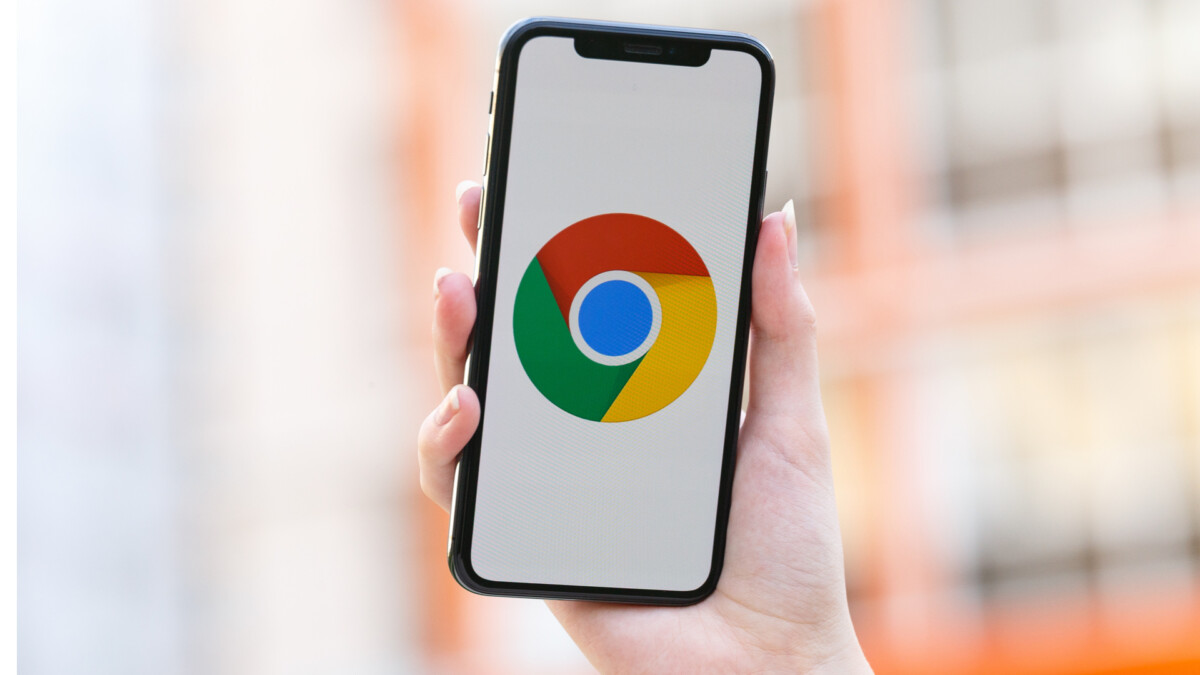Even Google engineers recognize it: Chrome’s scrolling is worse on Android than on iOS. While Android 14 will arrive in the coming months, Google announces that it will rework the scroll on its web browser.
iOS is renowned for the fluidity of its animations, including on iPhones with 60 Hz screens, where the competition rises to more than 120. This is reflected in applications, since the scroll Google Chrome performs better on it than on Android, with fewer skips of the scrolling screen. Fortunately, a new API will make its arrival in Android 14 and could well rebalance things.
The problem of scrolling on Android smartphones
It is in a blog post that the teams of Chromium, the web browser core of Chromium, developed by Google, but used by others (Edge, Opera GX, Brave, etc.), explain how they discovered and solved the problem. What they observed is that on Android, ” the scrolling did not follow the finger as closely » than on iOS. As they measured the data, they realized that the pace of entries was inconsistent.
This is mainly due to the advent of high refresh rates with up to 90, 120, 144, 165 Hz. In a few years this has more than doubled. Up to 60Hz, the input rate (positions of content on the screen) was higher than the refresh rate. But at higher frame rates on the latest smartphones, this is no longer the case.
As a result, jerkiness while scrolling is more apparent. For most Android apps, a ” simple » modified touch input sampling algorithm is sufficient. This is not the case for Chrome: the browser cannot use an input stored in the buffer. Thus, it receives the inputs as soon as possible: the sampling of the inputs is then not consistent with the refresh rate. This is what happens most with smartphones with high refresh rates.
Chrome is going to be smoother, but other apps will be able to take advantage of Android 14
Initially, Chrome will benefit from this new API, called ” nanosecond “. Google specifies that other applications will be able to benefit from it later, since the API is freely accessible. Still in development, this API halves visible stutter in Chrome 116, thanks to less noise and reduced visual content skips.

Concretely, this Nanosecond API processes input keystrokes every nanosecond, compared to every millisecond until now. A limitation that existed because of the method Chrome used to handle scrolling. Engineers also refined the movement and displacement prediction algorithm. According to them, this new API should benefit all smartphones that will run on Android 14: both for high-end smartphones and for entry-level models.
To follow us, we invite you to download our Android and iOS application. You can read our articles, files, and watch our latest YouTube videos.
